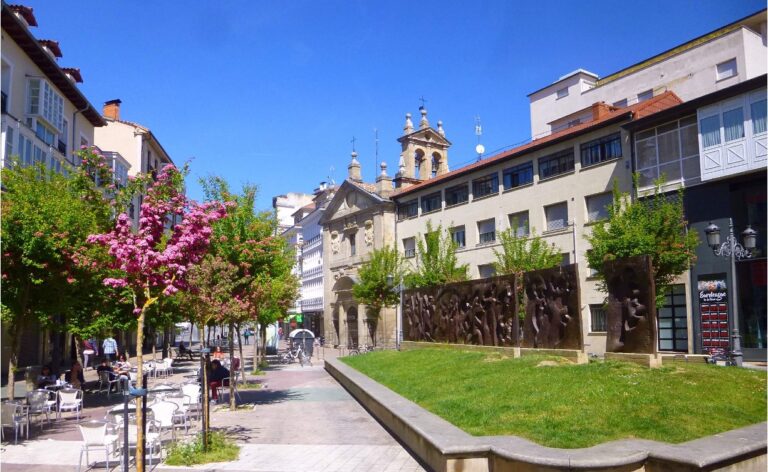The urban centres of some of our cities have lost their former economic, commercial and administrative centrality. The challenge is to be able to reinvent these spaces collectively, taking advantage of their existing infrastructure and rich history to transform them into engines of sustainable development and arenas for innovation, technology and business collaboration.
Similarly, industrial and business spaces built in the past need to adapt to the new demands and trends of today’s industry and advanced service activities. Obsolete facilities, lack of sustainability, low energy efficiency and low attractiveness for innovation and talent are just some of the weaknesses shared by these sites.
In both cases, urban regeneration involves not only the physical renewal of buildings and public spaces, but also economic, social and environmental revitalisation. There is a need for long-term vision and short-term commitment. It is encouraging, in this respect, to see examples of cities whose traditional city centres and industrial areas have initiated successful multidimensional regeneration processes. Many localities have taken bold steps to revitalise their urban areas and industrial zones, turning them into inspiring models of transformation.
A nearby example is Bilbao and its renowned urban regeneration process of recent decades. The transformation of the former industrial port into the dynamic central district of Abando is a clear testimony to its strategic vision.
Similarly, Barcelona has always been another city renowned for its innovative approach to urban regeneration. The 22@Barcelona project has transformed a former industrial district into a hub for innovation and technology. By combining spaces for start-ups, research centres, housing and public spaces, the city has succeeded in attracting investment and generating employment in cutting-edge sectors such as technology and creative industries.
Freiburg in Germany, known for its commitment to sustainability and renewable energy, is another example of a city that has implemented bold measures to promote energy efficiency in building and transport, as well as solar power generation. The Vauban district, in particular, is a model of sustainable urban development, with green buildings, shared mobility and strong community participation in spatial planning and management.
“Urban regeneration involves not only the physical renovation of buildings and public spaces, but also economic, social and environmental revitalisation. We need to have a long-term vision and a short-term commitment”.
Without leaving Europe, the city of Copenhagen in Denmark stands out for its holistic approach to urban transformation. Its Nordhavn district has been transformed from a former industrial port into a green district with a focus on the circular economy. The regeneration of Nordhavn has attracted green technology companies, generating employment and contributing to Copenhagen’s position as a leader in sustainability.
Manchester, Britain’s Bilbao, is another excellent example of how a declining industrial city has managed to reinvent and revitalise itself. As traditional manufacturing declined, the city focused on developing sectors such as technology, innovation and creative industries. By transforming former warehouses and factories into modern workspaces, such as the famous Northern Quarter district, Manchester has attracted start-ups and fostered collaboration between businesses and universities.
All these cases demonstrate how urban regeneration and multidimensional transformation are possible processes and can generate positive results not only in the long term. They are inspiring experiences for all cities and territories seeking to revitalise their built environment and adapt to today’s challenges. At NAIDER, we are committed to sharing these successful experiences, contributing our knowledge of those in which we have done our bit and offering our strategic support to drive similar processes in those urban and industrial environments that want to decisively shake off decay and join the regeneration adventure.
We are aware of the complexity of the processes. We recognise the importance of public-private partnerships and the need for innovative financing models to make these urban transformations a reality. But the fact is that there are European funds waiting for transgressive projects and there are also innovative economic-financial instruments that facilitate the implementation of these projects.
At the end of May there are elections and with them comes a wave of positive energy to create a city around new, if possible more committed leaderships. Maybe it is a good time to dream. What is clear is that there is no better time to act.
“At the end of May there are elections and with them comes a wave of positive energy to create a city around new, if possible more committed leadership. Maybe it is a good time to dream. What is clear is that there is no better time to act”.
Editorial in our spring issue, with this and more keys for transition.


